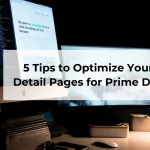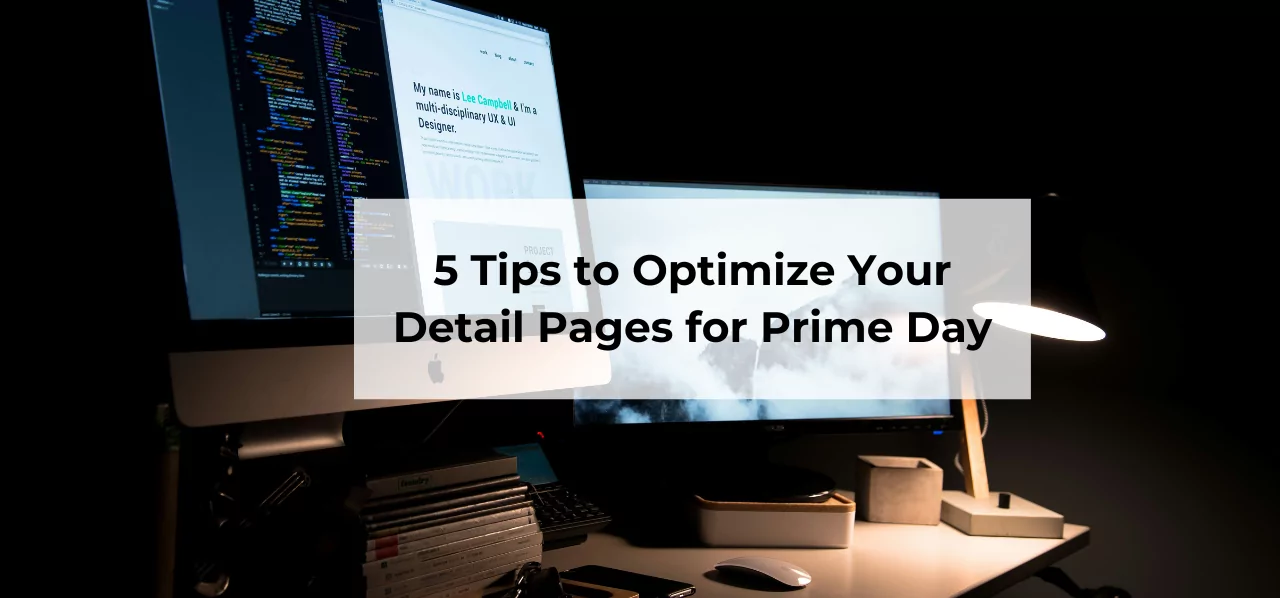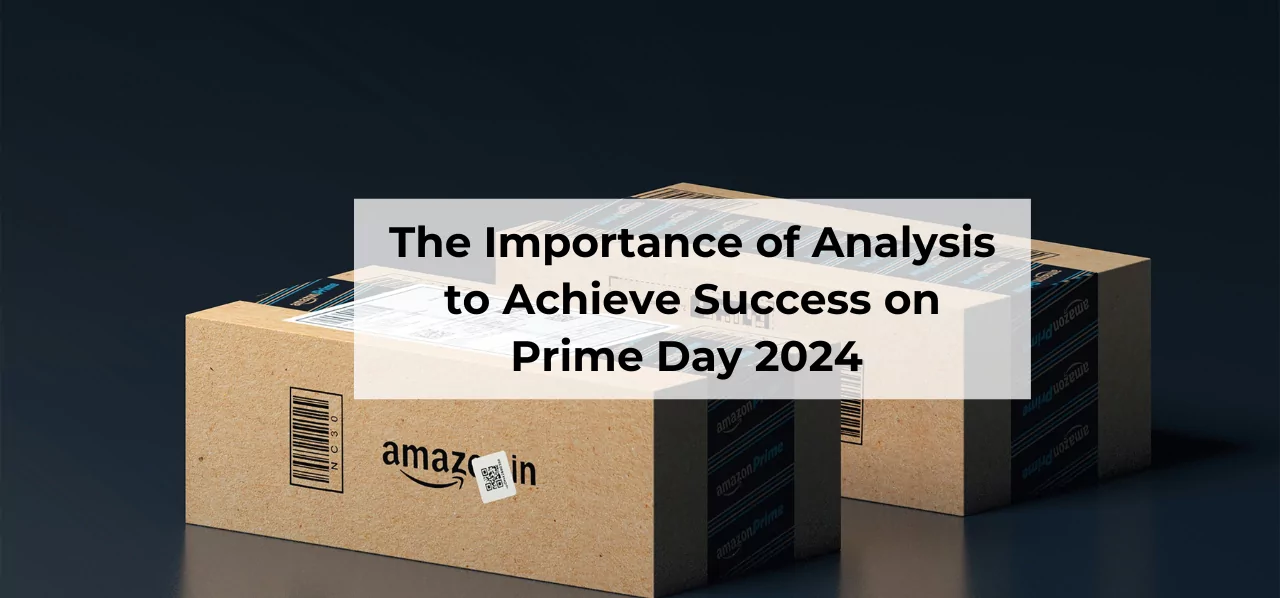As an Amazon seller, it is key to be clear about all the fees that Amazon charges for being able to sell in its marketplace, store in its warehouses, use its logistics… to know if being present as a seller in the marketplace has benefits. Almost all sellers have it clear; they know what Amazon charges and on what concepts, but many are unaware that there is a “fee” that the seller can apply to customers and that is authorized by Amazon. This fee is called “Restocking Fee”.
What are Amazon’s restocking fees?
Amazon Restocking Fees are another way of describing a partial refund for a return that, for some reason, does not merit a full refund. Whether we can charge this fee to customers (in short, deduct it from the refund to be issued to you) will depend on the condition of the product and the details of your return.
Many of Amazon’s policies are geared towards ensuring that customers have a great experience, which means that its returns policy tends to favor the buyer. However, Amazon recognizes that there are times when sellers don’t deserve to bear the cost of a return. The restocking fees are a nod to that, allowing them to retain some of the price of the product.
How much is Amazon’s restocking fee?
Amazon’s restocking fee is calculated based on the cost of the item. Depending on the type of item and how it was returned, the percentage that can be charged for the restocking fee varies from 20% to 100% (although we caution that there are not many cases where 100% can be applied).
In most cases where a restocking fee can be charged, Amazon allows a fee of up to 50%.
In which cases can the tax be applied and in which not?
We are going to comment first on the most common cases in which we can apply the tax. We are going to list 3 but there are many more, although these are the clearest. We explain them with an example of the casuistry to make it clearer:
1.- The customer changes his mind about an order and returns the item in good condition, but not within the established return period (usually 30 days). In the case of a late return where there is nothing wrong with the item, you can charge a restocking fee of up to 20%.
2.- A customer changes his mind about a purchase, returns it within the return period, but the item is damaged, shows signs of use or the packaging is open (for multimedia products such as CDs and DVDs). In these cases, a restocking fee of up to 50% of the cost of the item may be charged.
3.- In the case of software and video games, if a customer changes their mind about their purchase, but opens the package before returning it, this is a rare case where you can charge a 100% restocking fee. But beware, for this they must return it because they have changed their mind, not because it is defective.
And as in the previous case, let’s go to those in which we clearly can not make use of the possibility of application:
1.- When the customer changes their mind about a purchase and returns the item in its original condition within the return period.
2.- If the customer refuses delivery because there is obvious damage to the item, probably caused in the shipping process. In this case, what can be done is to file a claim with the carrier and the carrier will assume the charge.
3.- If the product is damaged or defective when the customer receives it. Unfortunately it happens frequently and when it happens the customer does not have to bear the cost. Here you will have to open disputes with Amazon if you are in FBA format but if you are selling as FBM you will not be able to claim anything.
4.- If the item the customer receives is notably different from the one he ordered (for example, he ordered a black coffee maker and received a red one). Here we recommend you to analyze well the product file and verify that you have the product well labeled and that Amazon has it so as not to incur in more returns of this type.
Amazon recommends, and we at Amazing fully agree, to wait to issue the refund of the returns until after receiving them. This way, you will have time to inspect it and determine if its condition warrants a restocking fee. The refund must be issued within two days of receipt of the return, so make sure you have a process in place to inspect returns quickly. The customer, as we have said, is king and in this type of concepts Amazon demands and controls a lot the SLAs established for the qualification of the seller’s account.
But if you are sure that a return deserves a restocking fee, when you go to issue the refund in your Amazon account, you will be offered the option to select a refund amount. If the refund is less than the full amount of the order, it is wise to add a note to the buyer explaining why as an explanation reduces the likelihood that you will end up dealing with a complaint from an angry customer. A recommendation: if the restocking fee is due to the condition of the item at the time of its return, it is also smart to take a photo of it to have proof in case of a possible complaint from the buyer.
Ultimately, applying the fee is the seller’s decision and frankly, it may not be a good idea to apply it. It must be taken into account that, for example, in low-cost products, the fact of applying the fee may cause anger to the user in addition to a management time that may not be worth it. Here it is up to the seller to decide what is more worthwhile and it will be a strategic and business decision, but be careful, in the strategic and cost plans that you design for your products, do not forget that this fee exists, whether it is applied or not.
Somos una agencia especializada en ayudar a los vendedores en Amazon en la gestión de marketing y publicidad.






